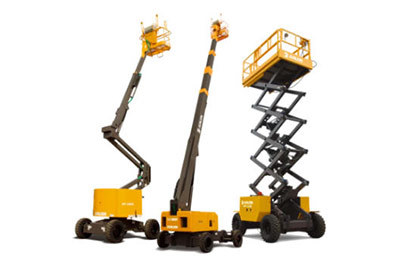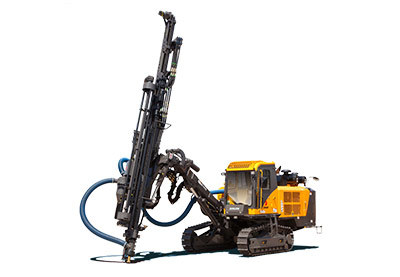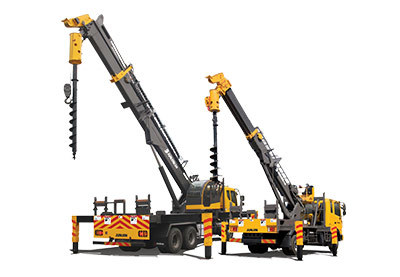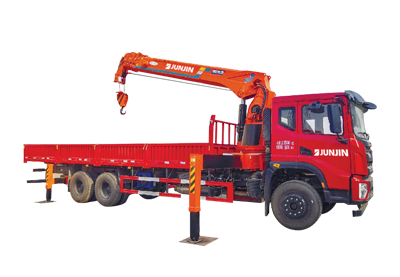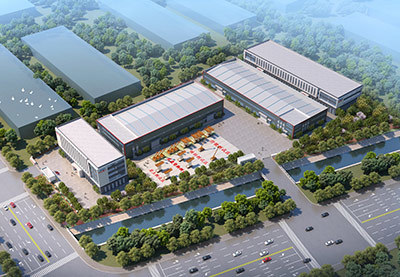How to operate a high-altitude lift
Release time:
Aug 01,2024
Aerial work platforms, also known as elevating work platforms or boom lifts, are specialized pieces of mechanical equipment used for high-altitude work. Their primary function is to lift personnel and materials to a designated height using hydraulic or electric systems, ensuring that workers can perform tasks safely and stably at heights.
Its main function is to lift personnel and materials to a specified height using hydraulic or electric devices, ensuring that workers can operate safely and stably at heights. Depending on the application scenario, there are various types of aerial work platforms, such as scissor lifts, articulated boom lifts, and straight boom lifts, each with its unique advantages.
For example, scissor lifts are known for their simple and stable structure, suitable for large-area, high-frequency high-altitude operations; while articulated boom lifts and straight boom lifts, with their flexible boom designs, can handle more complex construction environments. These different types of aerial work platforms not only greatly improve work efficiency but also effectively reduce the safety risks of workers climbing to heights.
High Safety
The primary design principle of aerial work platforms is safety. Modern aerial work platforms are equipped with multiple safety measures, such as overload protection devices, anti-slip platforms, and emergency braking systems, ensuring that even in emergencies, workers can remain safe. The stability of the aerial work platform is extremely strong, ensuring that even at high working heights, the platform remains stable, preventing workers from being endangered by instability.
Improved Work Efficiency
Compared to traditional scaffolding and ladders, the use of aerial work platforms not only significantly improves work efficiency but also reduces worker physical exertion. Workers do not need to frequently move ladders or scaffolding; they only need to operate the control panel to easily lift to the required height for work. Aerial work platforms can also be operated flexibly in confined spaces or complex terrains, further enhancing the convenience of high-altitude operations.
Releated Blog
Share

